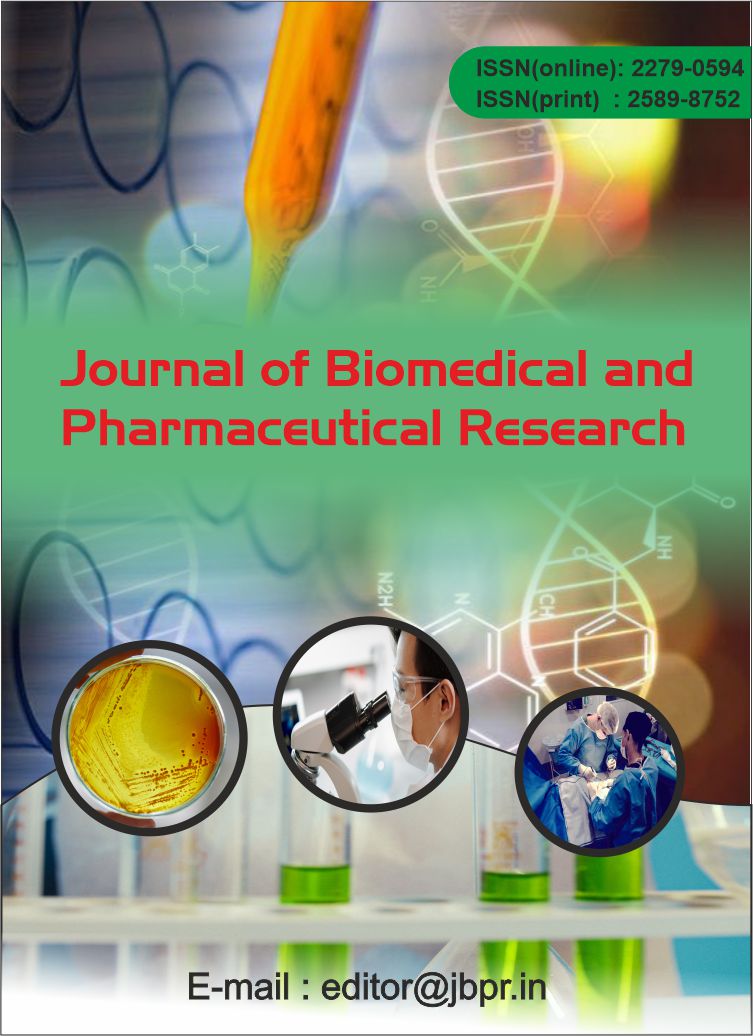Avian Influenza (H5N1): A Review on Pathogenesis, Transmission, and Control Measures
Abstract
H5N1 AI remains the primary cause of serious threats to international economies together with human health while maintaining its position as the most virulent variant of avian influenza. The viruses lead to critical poultry epidemics among domestic birds and they can transmit from birds to humans through zoonotic pathways. The viruses predominate in their natural habitat which consists of wild aquatic birds. The virus employs Hemagglutinin (HA) and Neuraminidase (NA) surface glycoproteins to carry out its infection and multiplication through multiple relationships with host cells. Direct contact with infected birds remains the usual mode of transmission and aside from this transmission route, occasional human-to-human transfer has occurred in minimal cases. Human infections with this virus lead to diverse symptoms ranging between mild flu symptoms to organ failure that ultimately cause fatal pneumonia despite the requirement for molecular testing and viral isolation to confirm diagnosis. Immediate treatment with antiviral drugs zanamivir and oseltamivir provides some therapeutic effect. Prevention methods against bird flu depend primarily on five approaches that combine biosecurity practices, bird vaccinations and the elimination of infected poultry stocks. Economic effects from avian influenza outbreaks result in major poultry sector losses and interruptions to international trading activities. The detection capabilities need improvement alongside readiness levels and additional research about improved vaccines and antiviral treatments stands vital because a pandemic could occur. Global institutions need to continue joint efforts for stopping the expansion of avian influenza and reducing its consequences.
Keywords: H5N1, Avian Influenza, Pathology, Pandemic
Copyright (c) 2025 Journal of Biomedical and Pharmaceutical Research

This work is licensed under a Creative Commons Attribution 4.0 International License.
![]() Journal of Biomedical and Pharmaceutical Research by Articles is licensed under a Creative Commons Attribution 4.0 International License.
Journal of Biomedical and Pharmaceutical Research by Articles is licensed under a Creative Commons Attribution 4.0 International License.




